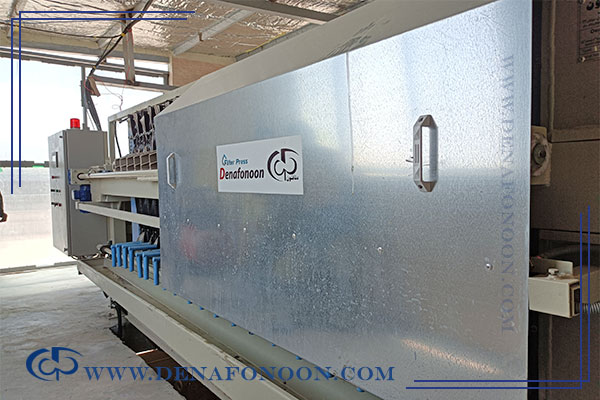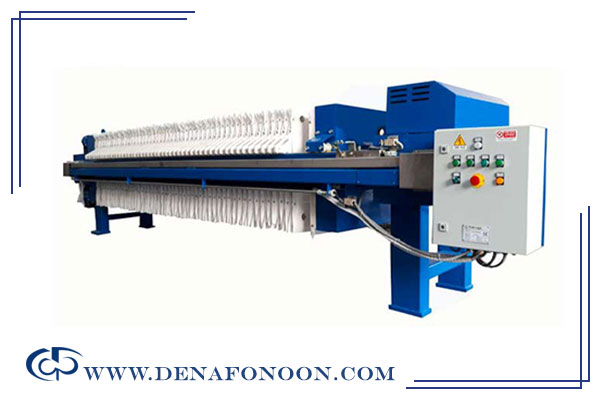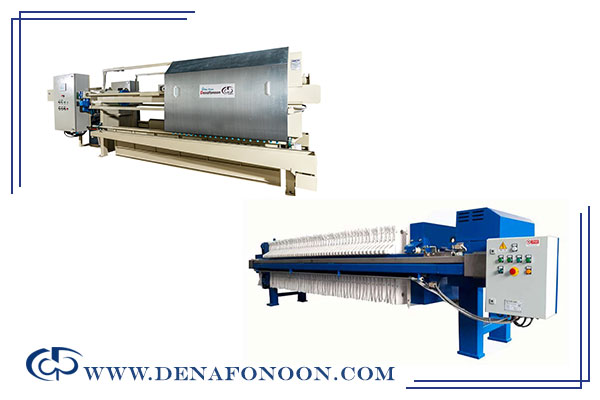Open Circuit Filter Press | Closed Circuit Filter Press
Discover the differences between open-circuit and closed-circuit filter presses; explore their structure, functionality, advantages, disadvantages, and how to choose the right system for various industrial applications
VisitCount 15
Types of Filter Presses Based on Circuit Type
Filter presses are classified in various ways depending on their application. One such classification is based on the type of circuit used in the system, dividing filter presses into two main categories:
Open Circuit Filter Press
Closed Circuit Filter Press
It is worth noting that these are also referred to as open-flow and closed-flow filter presses. Below, we will explain each type in more detail and explore their respective advantages and disadvantages.
Open Circuit Filter Press

An open circuit filter press is a type of filter press characterized by having a hole in the center of each filter plate. When the slurry (or sludge) enters the filter press, it fills all the plates. The filtration process then begins to extract water from the slurry.
In this design, each filter plate has its own dedicated outlet, typically equipped with a valve or pipe. The water extracted from the slurry flows directly through these individual outlets. This filtered water then collects in a drainage channel positioned beneath the valves, resulting in visibly clear water flowing out.
Because every plate has its own outlet pipe and valve, this configuration is known as an open circuit filter press.
Advantages
The open circuit design allows easy identification of damaged filter cloth. By closing all outlet valves and then opening them one by one, operators can observe which valve releases cloudy water, indicating a problem with that particular plate. This facilitates quicker maintenance and troubleshooting.
Closed Circuit Filter Press

In contrast, a closed circuit filter press operates so that the water extracted during filtration is not visible or directly accessible during the process. Each filter plate has four holes on its sides, which connect to similar holes on adjacent plates, creating a continuous internal passage for the filtrate.
All the water separated from the slurry cake moves through these interconnected holes and is collected collectively via a single outlet pipe embedded within the filter press. This allows the filtrate to be discharged as a unified, pressurized flow.
Closed circuit filter presses are ideal for applications where water needs to be collected in bulk under pressure for further use. The image below (if provided) would typically illustrate this type of system.
Advantages and Disadvantages of Open vs. Closed Circuit Filter Presses
Advantages
The main benefit is the ability to collect the filtrate in a single stream under relatively high pressure, which is useful for processes requiring pressurized water supply.
Disadvantages
One major drawback is the difficulty in detecting leaks or tears in the filter cloth. If a hole develops in the cloth of any plate, it is hard to pinpoint which specific plate is affected, since the filtrate is combined and not separately visible.








